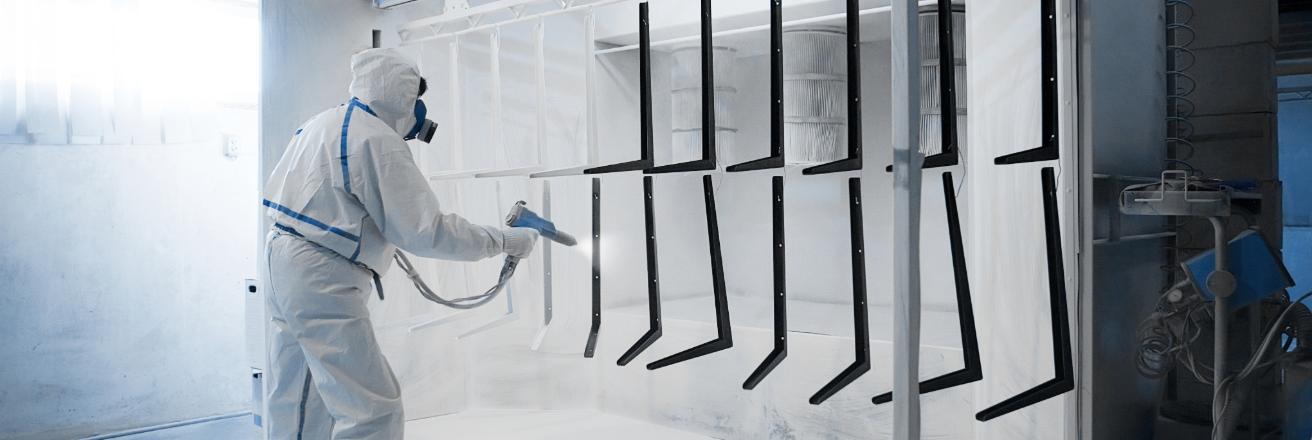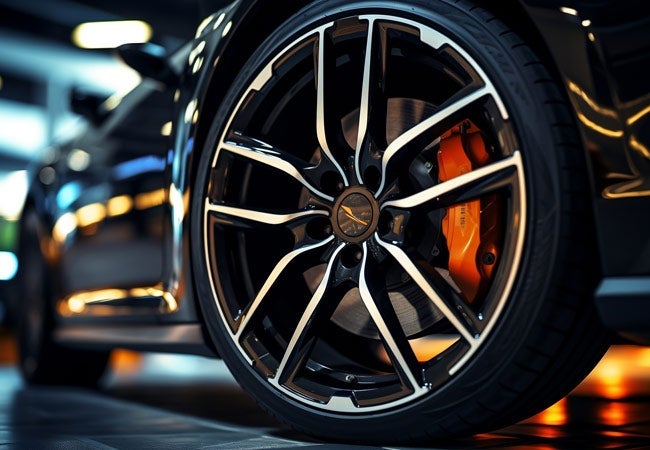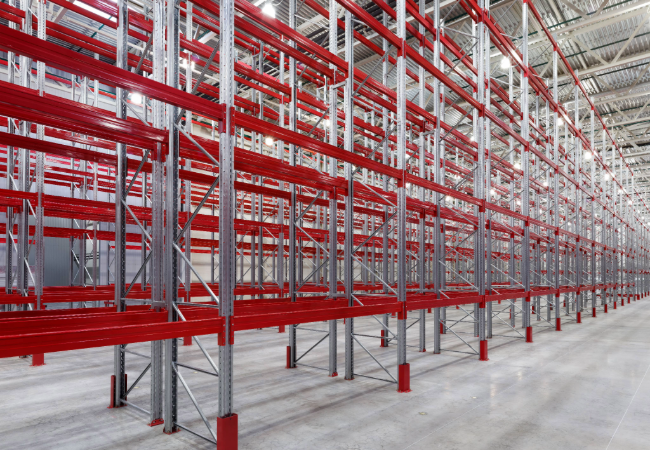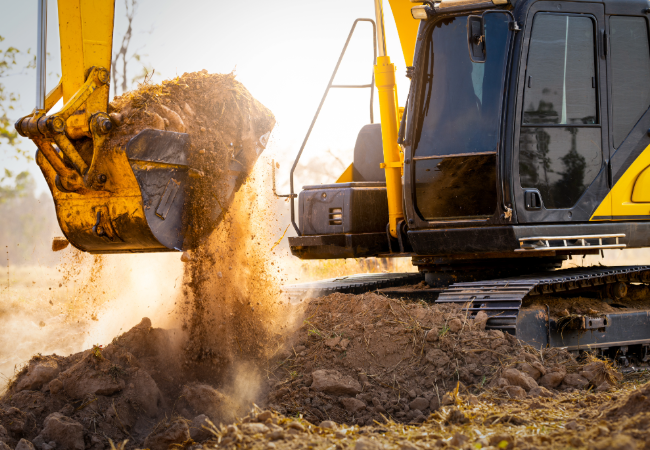Powder coatings are advanced finishing materials that start with a carefully formulated blend of dry raw materials. This blend typically includes binders, hardeners, pigments, fillers and additives. These components are compounded into a liquid form, then cooled and finely ground into a powder.
To cater to a diverse array of application and performance needs, powder coatings are available in various chemistries, including acrylics, epoxies, epoxy polyester hybrids, polyesters, and urethanes. This extensive range of formulations allows for exceptional design versatility, offering an almost limitless selection of colors, gloss levels, textures, and special effect finishes.
PPG powder coatings can be classified into two basic categories: thermoplastic and thermoset.
- Thermoplastic Powders: These are generally applied to a preheated surface at a temperature significantly higher than the melting point of the powder. The thermoplastic material melts upon contact with the hot surface, resulting in a bond. As the film cools, it assumes its inherent physical properties, including chemical and wear resistance.
- Thermoset Powders: These contain a heat-activated catalyst and are typically applied at ambient temperature. The surface and powder are heated together, causing the powder to melt and bond to the surface. As the temperature rises, a heat-sensitive catalyst activates, changing the molecular structure of the material through a process known as cross-linking. This results in a strong, hard, continuous film. Thermoset powder coating systems offer broad formulation flexibility and are widely used for both decorative and functional applications.









